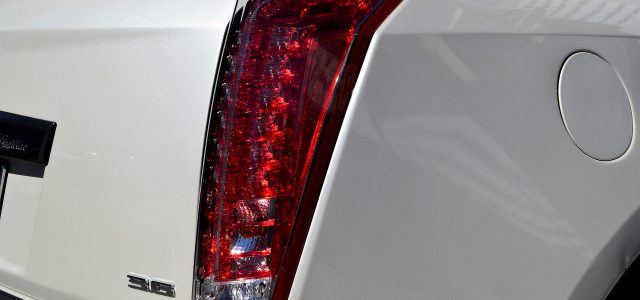
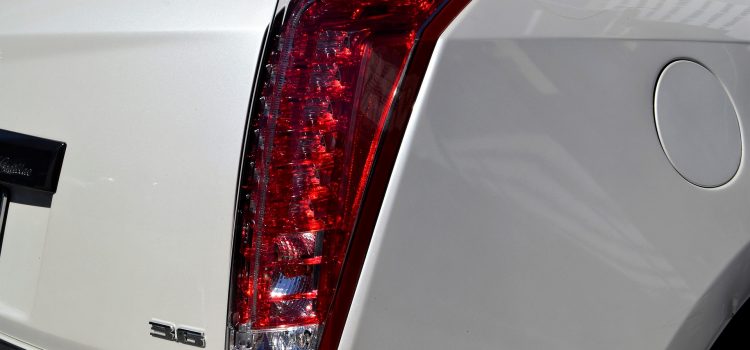
You may have come across this problem before — your check engine light turns on but you don’t notice anything wrong with your engine. The answer might be a loose gas cap, but what problems can a loose gas cap cause, really? After all, it only requires a very minor fix.
However, even if the problem seems minor, don’t ignore the symptom as you might already have a bad or failing gas cap. When you notice that your gas cap is already bad or worn out, replacing it is a must.
What Problems Can A Loose Gas Cause?
Image by Rudy and Peter Skitterians from Pixabay
The most fundamental function of a gas cap is to prevent dust, dirt, and debris from getting inside the gas tank. It acts as a seal — capturing and reusing fuel vapors from the gas tank which, without a gas cap, would easily escape into the atmosphere. This means that a gas cap fulfills a vital role when it comes to your vehicle’s evaporative emissions system.
If your gas cap is just loose and needs tightening, well and good. But there can also be more serious issues which may require your due attention. So what problems can a loose gas cap cause? Here are some symptoms which should prompt you to check on the general condition of your gas cap.
1. There Are Fuel Smells Coming From Your Vehicle
You may notice fuel smell coming from your vehicle. This may be due to a damaged or worn out gas cap seal which causes fuel vapors from the gas tank to leak from the filler neck. Vapors escaping from the leak bring about the gasoline smells.
2. The Gas Cap Does Not Click Or Tighten As It Should
A gas cap is designed to click when it’s been tightened properly. If the gas cap doesn’t click or clicks but pops loose, then it means you need to have it replaced.
3. Your “Check Engine” Light Turns On
There can be a variety of reasons for your check engine light to turn on — a loose gas cap is one of them. Because the gas cap plays an important role in your vehicle’s evaporative emissions system, it can create problems such as an Evaporative Emission Control System (EVAP) leak when it’s loose or broken. This will cause your engine light to illuminate as the computer detects the leak. When your check engine light goes on, you will need to have your car’s computer checked for trouble codes.
While a loose or faulty gas cap may not affect the overall performance of your vehicle, it can still deter your car from passing an emissions test. Have a professional technician inspect the issues which triggered your check engine light to turn on and if your gas cap needs replacing.
Why Is A Gas Cap Important For Your Vehicle?
Image by Dennis Young from Pixabay
Now that you’ve explored the question of what problems can a loose gas cap cause, let’s take a closer look at that gas cap. Even something that fulfills a simple function like the gas cap deserves a bit of discussion.
A Brief History Of The Gas Cap
A few decades ago, the gas cap had an almost ignoble purpose — it was only meant to keep fuel in the tank and nothing else. It didn’t even have the sealing function that it has today. But as vehicles became more sophisticated in design, function, and engineering, the gas cap’s role became more significant. Modern-day fuel systems now require that a gas tank be completely sealed. There are even vehicles that have replaced the gas cap with a self-latching seal door to prevent gas vapors from escaping.
Historically, the gas cap’s uncomplicated function changed during the ’70s after the EPA brought some safety concerns to the forefront. There was a need to reduce the dangers of spilled and flammable fuel on the road, especially during a car accident. The EPA also highlighted environmental concerns about ground-level ozone which directly involves the amount of fuel vapors being released into the atmosphere.
This led to evaporative controls being built into the fuel system and the gas cap’s lowly role became more important. Fuel tanks were sealed using a charcoal canister for vapor control — reducing emissions and fuel vapor contamination significantly. Regulations became fifty times more strict by the mid-1990s.
Purposes Of Having A Gas Cap
That gas cap has been keeping our planet’s atmosphere a lot cleaner — it’s also saving you a lot of money by making your vehicle more fuel-efficient. A cracked or missing gas cap can affect your fuel economy considerably — you might be wasting gas by as much as 30 gallons a year! And if it causes you that many problems, what problems can a loose gas cap cause for air quality and the environment?
While older vehicles had a two-prong mechanism, modern-day vehicles now use threads for the gas cap to stay sealed. The sealing materials used have evolved from cloth and cork gaskets to neoprene and polyurethane materials — allowing the gas cap to better resist chemical deterioration.
A slow-release feature has also been added to modern gas caps to moderate the release of fuel vapors. A ratcheting mechanism ensures that the gas cap is properly installed — the one-eighth turn design warns the driver if the gas cap has been installed incorrectly. Remember, if it doesn’t click, then you have to do it again until it does.
There are even some states with emissions tests that reach into the gas cap area and require testing the gas cap for full functionality. That’s why it’s very important to replace a failing gas cap at the soonest possible time. When buying a replacement cap, make sure that it complies with OEM specs (and I/M 240 specs if you reside in an emissions-controlled location).
How To Check If Your Gas Cap Is Loose Or Needs Replacement
It’s not that difficult to check whether your gas cap is loose or if it needs to be replaced. If your engine light turns on after loading up on gas, chances are your gas cap might be loose. Even if your gas cap is not the reason why your engine light is turning on, it’s still good practice to check on it.
Do a thorough inspection of your gas cap for cracks, chips, or tears. It is also advisable to look into the seal between the gas cap and filler tube for any signs of cracking or tearing as this could cause fuel vapors to leak.
If there are no signs of damage, replace the gas cap into the filler tube. Tighten until you hear the gas cap click in place. If the gas cap does not click or remains loose even after being clicked into place, then it needs to be replaced.
Replacing a damaged gas cap early is a lot easier to do than having to consider what problems can a loose gas cap cause for your vehicle later on.
How To Reset Your System When You Have A Loose Gas Cap
Most modern vehicles have an automatic diagnostic system called OBD-II (on-board diagnostics) which monitors the engine and emissions-related components to make sure that they are working properly.
If your gas cap is loose or faulty, the check engine light may turn on. Some vehicles also have a “Loose Cap” function on the dashboard. If either of these two raise issues, you may tighten the cap and let the system reset on its own or you can use an OBD-II code scanner and manually reset the system yourself. Here are the steps involved:
- 1Turn the engine off and if your vehicle has it, push the button which unlocks the gas cap door.
- 2Go to the gas cap door and open it, then grasp the gas cap handle and twist in a counterclockwise direction to unscrew. Remove the gas cap.
- 3Replace the gas cap, then turn it clockwise to tighten. Keep turning until you hear it click three times. Doing so will ensure that the thread is properly sealed.
- 4Close the gas cap door, then return to the cabin and drive your vehicle for a day. This will allow the OBD-II system to reset the “Check Engine” or “Loose Cap” light automatically.
- 5If the “Check Engine” or “Loose Cap” light does not disappear, use an OBD-II code scanner by connecting it to the OBD-II port which is located under the steering column. To clear the system, push the reset button on the code scanner.
- 6Pay close attention to your “Check Engine” or “Loose Cap” light for the next few days while driving. If the warning light keeps coming back on, it might mean that your gas cap needs replacing.
- 7Order a replacement gas cap from an automotive parts store or from your dealership’s service department.
Conclusion
Image by Steve Howard from Pixabay
It’s important to know what problems can a loose gas cap cause and not to ignore them. While it may seem like a minor problem that won’t harm your engine, it may still affect your fuel economy and the results of your emissions test.
What problems can a loose gas cap cause? Not much, really. But be thankful if it’s the only reason that “Check Engine” light is turning on. Otherwise, you might need to have your engine checked for more serious issues.
A loose or faulty gas cap may be the least of your car problems, but addressing it quickly to prevent that “Check Engine” light from illuminating makes for a stress-free ride.

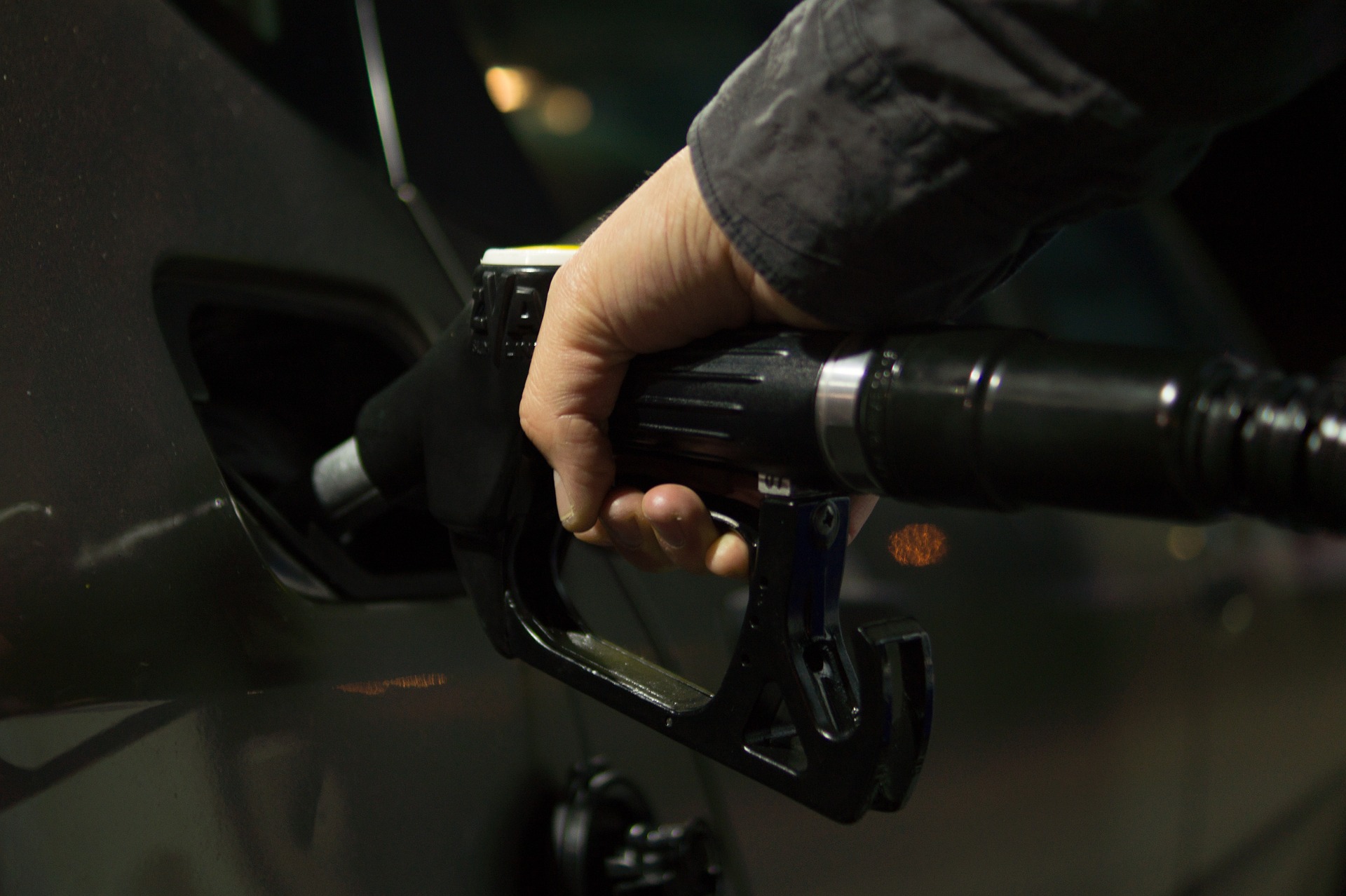
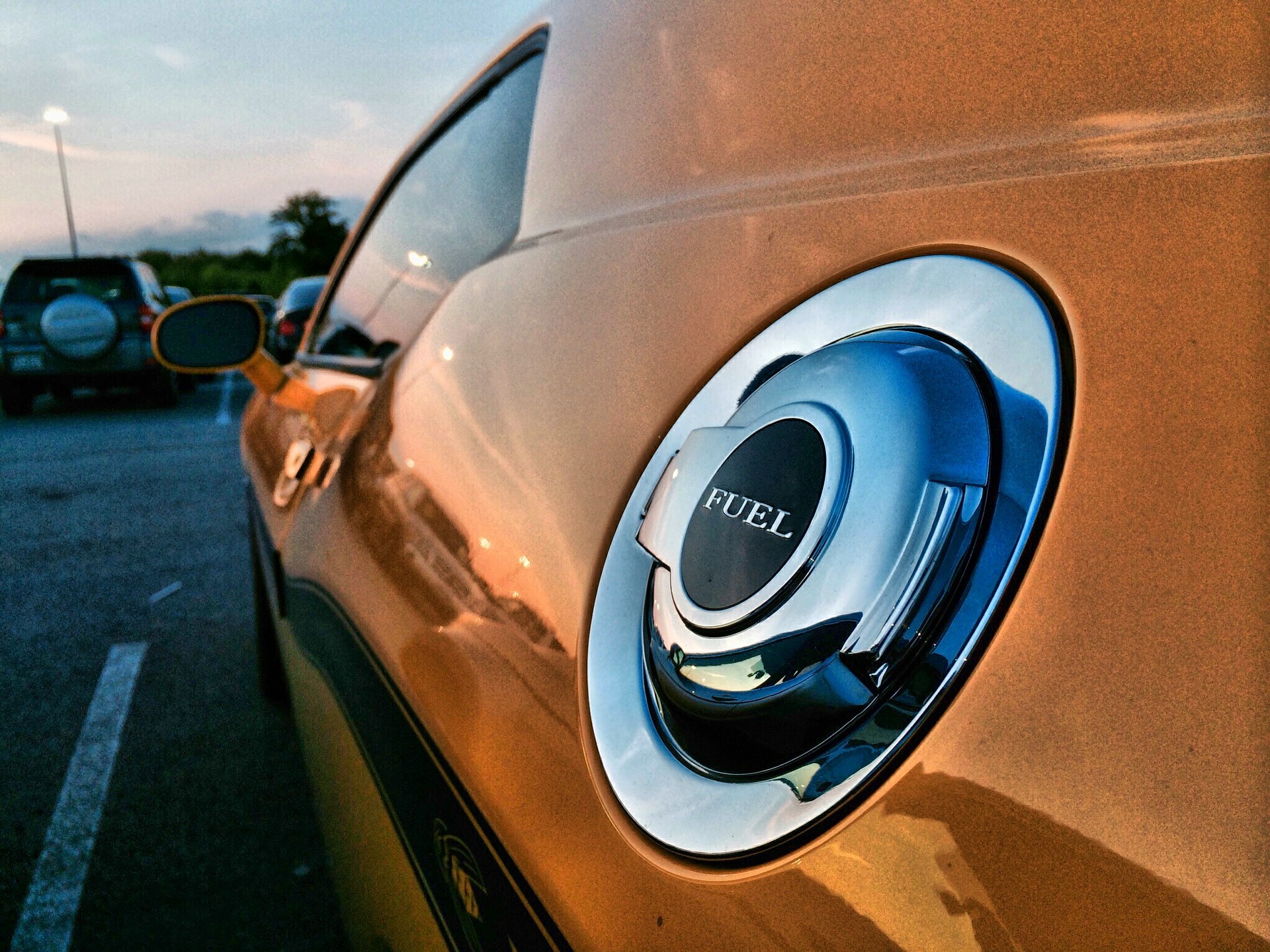
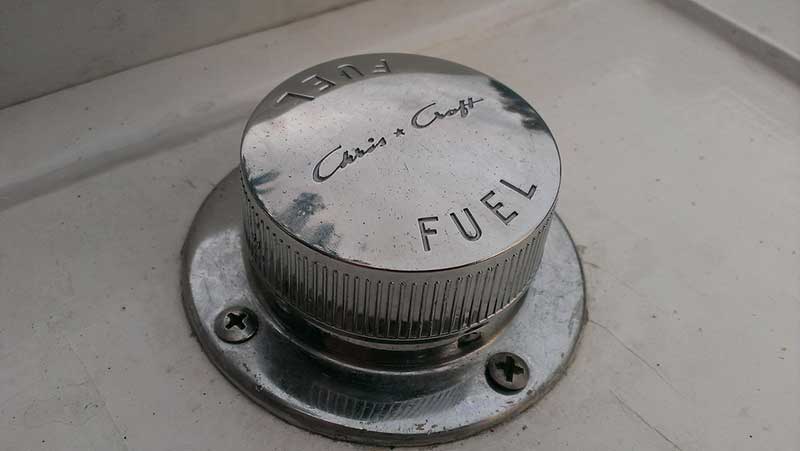
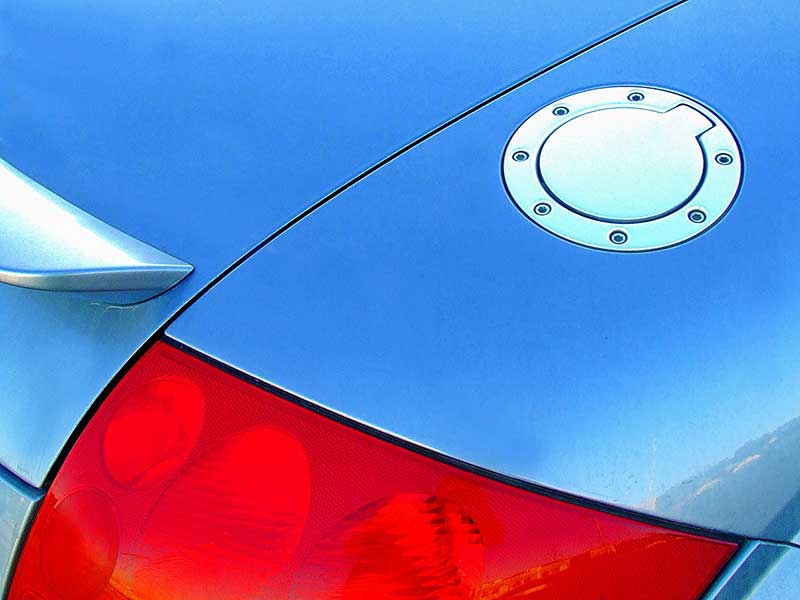
No comments so far.
Be first to leave comment below.